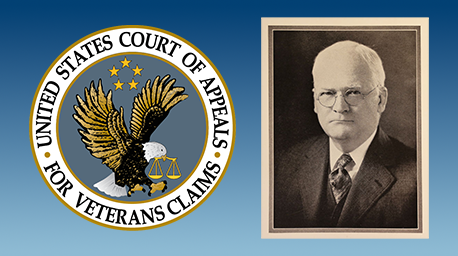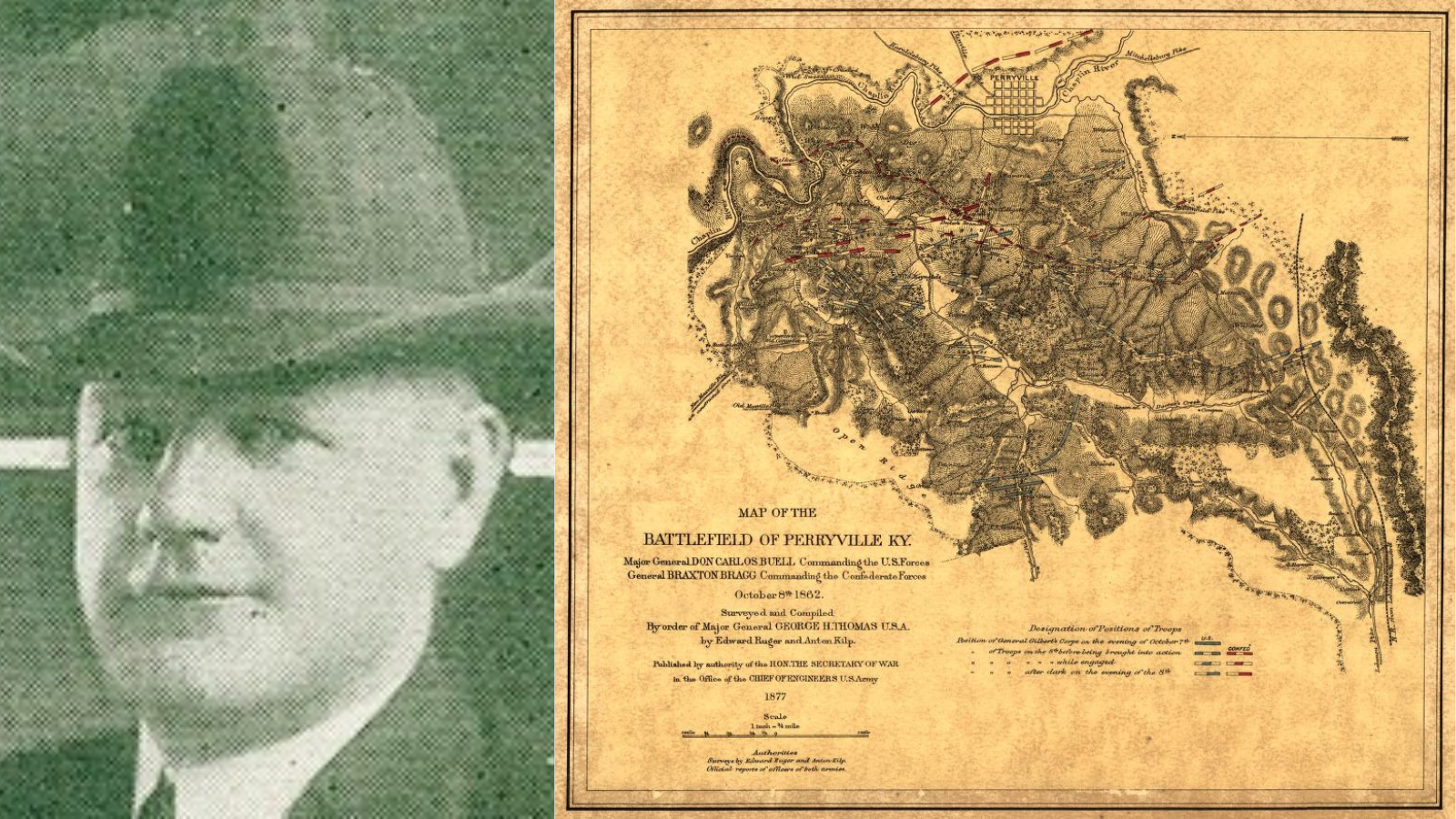Times of crisis are often the times of the most significant innovation. The October 1929 stock market crash and the beginning of the Great Depression created unparalleled unemployment and economic adversity for every American.
World War I – the “War to End All Wars” – had concluded 12 years earlier, creating nearly five million Veterans. Over 204,000 were disabled by weaponry that had never been seen before this war.
Despite the challenging times facing the country, President Herbert Hoover acted. On July 21, 1930, Hoover signed Executive Order 5398, consolidating three agencies administering Veterans benefits programs into a single entity called the Veterans Administration. The action changed how the federal government and the public perceived Veterans’ compensation and other benefits.

Among the agencies the VA subsumed was the Veterans’ Bureau, which Congress had created in 1921 to cohesively manage the system of benefits provided to Word War I Veterans. Brig. Gen. Frank T. Hines, director of the Veterans’ Bureau since March 1923, continued at the helm of the VA when he was sworn in on July 23, 1930. The Veterans Administration went into full effect on July 1, 1931, and Hines, whose title was changed to ‘Administrator,’ became VA’s longest-tenured leader.
The Veteran population vastly increased in the 1940s following World War II – more than 15 million Veterans were demobilized – and 671,817 returned injured. The World War II Servicemen’s Readjustment Act – the “GI Bill of Rights” – signed into law on June 22, 1944, provided new education benefits, unemployment compensation and home loans.
To handle the dramatic rise in Veterans’ claims, Gen. Omar Bradley, VA Administrator from 1945 to 1947, increased VA Central Office (VACO) staff from 16,966 to 22,008. Field staff, charged with processing claims and providing medical care and other benefits, rose from 54,689 employees to 96,047. When Bradley left, there were 125 VA hospitals, a more than two-fold increase from 54 in 1930, in addition to 13 branch offices, 14 regional offices and 721 contact offices.
In the 1950s, the Veterans Administration further expanded its workforce and facilities to administer benefits to Korean War Veterans. As of November 30, 1952, an estimated 164,000 VA employees were working at VACO and its combined 541 hospitals, regional offices and other field stations. A daily average of 128,000 Veterans received medical and domiciliary care. In 1953, the VA reorganized its services for medical care, financial assistance, and insurance into the Department of Medicine and Surgery, Department of Veterans Benefits, and Department of Insurance – the forerunners of the Veterans Health Administration and Veterans Benefits Administration.
In the 1960s, the VA made tremendous strides in meeting the changing medical, surgical and quality-of-life needs of a growing and diversifying Veteran population, now including Vietnam Veterans. Among other notable achievements, VA medical professionals invented the first clinically successful implantable cardiac pacemaker, pioneered the concepts that led to development of computerized axial tomography (CAT scan), and performed the first successful liver transplants.
In 1973, P.L. 93-43 authorized the transfer of 82 national cemeteries from the Army to the VA. Joining with 21 VA Veterans’ cemeteries located at hospitals and nursing homes, the National Cemetery System comprised 103 cemeteries after the transfer. The Veterans Programs Enhancement Act of 1998, signed into law on November 11, 1998, re-designated the National Cemetery System as the National Cemetery Administration.
After 58 years in operation, the Veterans Administration was officially abolished when President Ronald Reagan signed into law The Department of Veterans Affairs Act on October 25, 1988, elevating the Administration to a Cabinet-level Department and re-designating it as the Department of Veterans Affairs.
President George H. W. Bush appointed World War II Veteran Edward J. Derwinski as both the last VA Administrator on March 1, 1989, and the first Secretary of the Department of Veterans Affairs on March 15, 1989, when the Act took full effect. Derwinski, who served until 1992, retained the “VA” initialism, instead of implementing the use of “DVA,” because it had been a familiar phrase within American culture for nearly 60 years.
Over the past nine decades, VA’s portfolio has grown to include 170 VA Medical Centers and 1,269 outpatient sites; 141 national cemeteries; and 56 VBA Regional Offices and 300 VA Vet Centers. The second largest Federal organization in the U.S., VA, with 379,885 employees, continues to innovate and modernize to serve millions of America’s patriots and their families and beneficiaries.
By Barbara Matos
Executive Assistant in Office of Acquisition and Logistics, Procurement Policy, Systems and Oversight, previously served as acting Program Specialist for the VA History Office
Share this story
Related Stories

Featured Stories
A Brief History of the Board of Veterans’ Appeals
On July 28, 1933, President Franklin Delano Roosevelt signed Executive Order 6230 creating the Board of Veterans’ Appeals (BVA). The BVA was created as part of the Veterans Administration (VA), which had been established only three years earlier.

Featured Stories
The Fall of Saigon 1975: A South Vietnamese Military Physician Remembers
"There was chaos in the streets when I made my way to the hospital on the morning of April 30, 1975. In a place of order, there was now great confusion. The director and vice director of the hospital were gone, making me, the chief of medicine, the highest-ranking medical officer."



